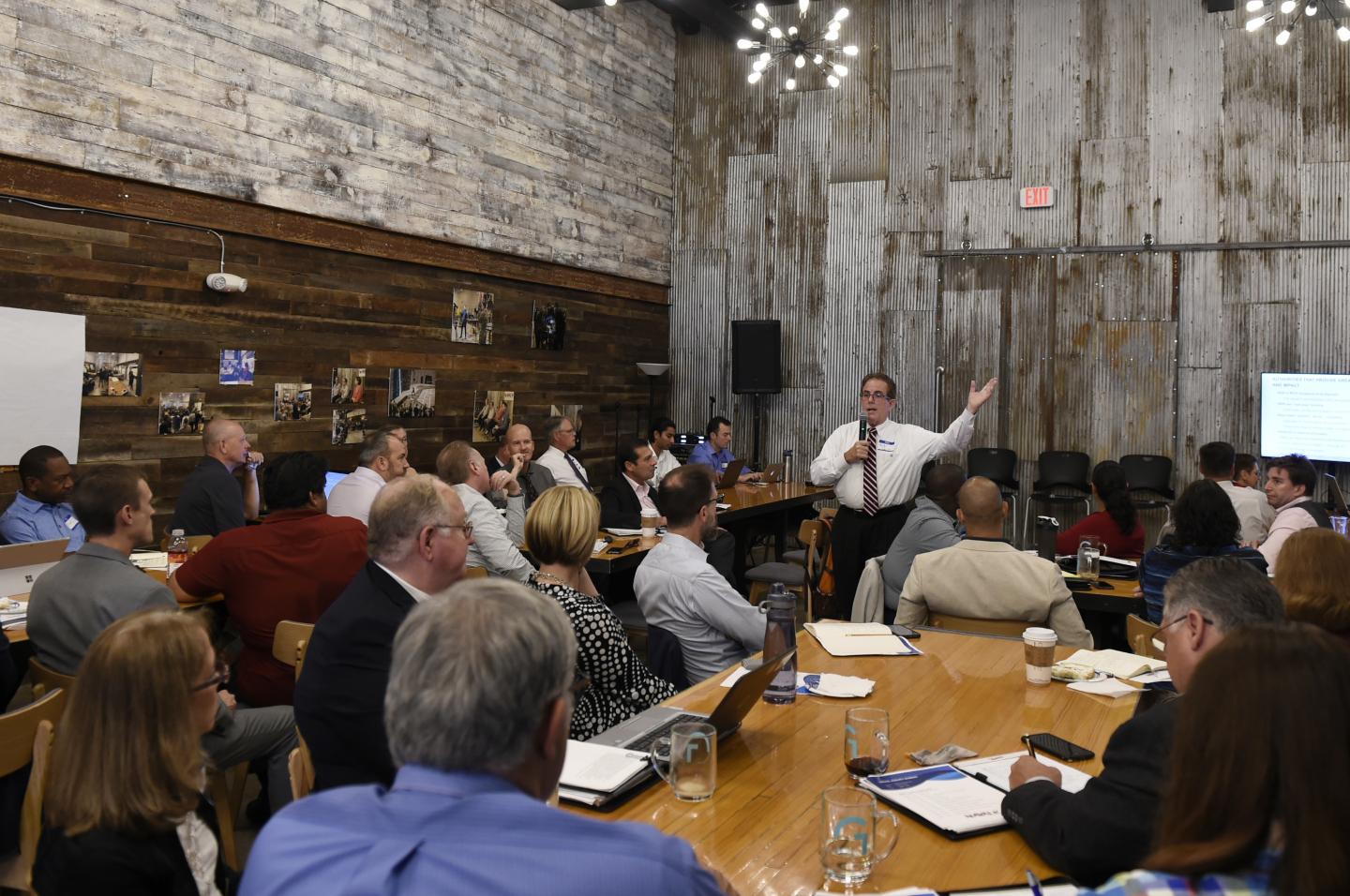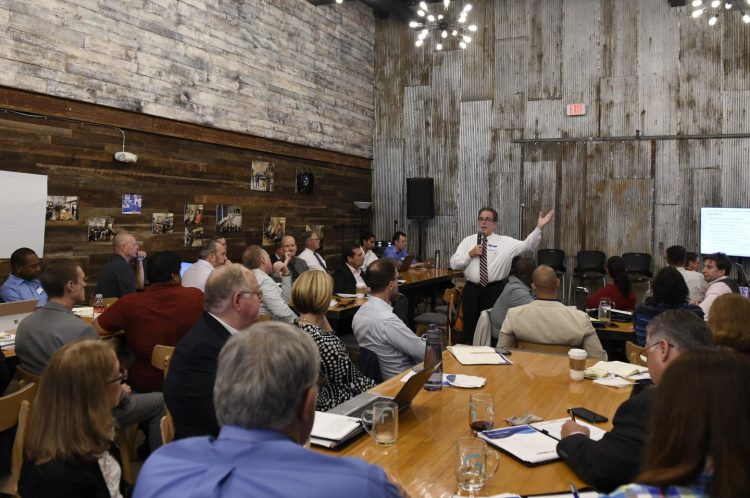
Credit: US Navy photo by Bobby Cummings
ARLINGTON, Va.–The Department of the Navy (DoN) is looking for innovative ideas to expand capabilities in artificial intelligence and machine learning, autonomy and training technology–and it wants to tap the talents of small businesses to bring the most advanced solutions to warfighters as quickly as possible.
To solicit a wide range of potential small business partners, the U.S. Navy’s Small Business Innovation Research program (SBIR)–located at the Office of Naval Research (ONR)–is today announcing its expanded funding opportunity in a Broad Agency Announcement (BAA). BAAs are requests for scientific or research proposals in areas of naval interest.
The latest BAA, titled 19.3, opens today and closes on Oct. 23. It showcases increased “Technology Acceleration” topics–research areas where the Navy wants to focus more resources.
The ultimate goal: deliveries of prototype technologies within a year and a half to two years, instead of the current three to four years.
“SBIR is now simpler, faster and more impactful,” said Chief of Naval Research Rear Adm. David Hahn. “This revamped BAA enables us to adopt technology at the pace of today’s innovators. In short, SBIR companies are building our future naval advantage. Bring us your best ideas.”
To attract more small business partners, BAA 19.3 offers a revamped application process that includes: more than five times as many Phase I (early stage) awards per Technology Acceleration topic; streamlined proposal requirements (from 20 pages to five); and evaluation, selection and payment processes that are 60 percent faster than before.
“Our improved SBIR approach makes a great program even better,” said SBIR Director Bob Smith. “We found more ways to make it easier to do business with us, which gives innovators more opportunities to become valuable Navy partners and successful commercial businesses.”
SBIR provides the Navy with groundbreaking technology advances from small companies–by applying the agility and ingenuity of these businesses to the DoN’s research and development needs. To inform companies about DoN research interests, SBIR solicits proposals three times yearly, via BAAs. Selected companies receive funding in three stages:
- –Phase I (feasibility)–A feasibility study is conducted to determine the scientific or technical merit of an idea.
–Phase II (demonstration)–This is the technology development phase, in which prototypes are built and tested.
–Phase III (commercialization)–This final stage results in sales of products to military and civilian markets.
In addition to more Technology Acceleration topics and an easier application process, BAA 19.3 features other tools to speed up SBIR awards.
For example, in May 2020 small businesses that can demonstrate, in person, Phase I feasibility of their technologies will be awarded same-day Phase II contracts. Also, “business-accelerator” services to help small businesses succeed–such as incubation labs centered around particular naval interests–will be offered to select awardees.
SBIR also looks to strengthen its program through new approaches, such as serving as a technology enabler for the Naval Expeditions (NavalX) Agility Office–created by the Hon. James Geurts, assistant secretary of the Navy for Research, Development and Acquisition.
NavalX gives Sailors, Marines and DoN civilians tools to put ideas into action. This enables naval organizations like ONR and SBIR to better connect Sailors and Marines with experts and small businesses to cultivate good ideas. Learn more about NavalX at https:/
One product of this partnership is onsite SBIR expertise at NavalX’s five Tech Bridges–regional innovation hubs where warfare centers, government, academia and industry can team up with innovators for technology research, evaluation and commercialization.
Learn more about SBIR, BAA 19.3 and new Technology Acceleration efforts at https:/
###
Media Contact
David Smalley
[email protected]
Original Source
https:/





